The industry has been abuzz with the term NG112 for some time but exactly what it is, the benefits it provides, the issues involved with getting there, and how emergency services move to it, have been relatively poorly explained.
Public safety answering points have to face changes that have an impact on their organisations.
Some of them are:
- ISDN trunking interfaces to TSPs have reached their end-of-life (see Germany, UK) and have to be replaced with new technologies (SIP/IP)
- PSAP consolidation processes across jurisdictions, due to austerity are prevalent, which significantly reduces the number of PSAPs raising the question for an efficient location/ policy based routing
- Interoperability requirements between EROs increase, which implies standardized interfaces for call data conveyance between PSAPs, even in staged deployments
- The harmonization of public agency IP network infrastructures on a member/ country state level as a hosted service takes place
- Telecommunication services organisations develop their network infrastructure towards packet based services (IMS, VoLTE) and the number of VoIP subscribers increases
- New services – beyond emergency voice calls – are expected by citizens and have found early adopters in the ERO communities e.g. Apps, SMS.
This document describes the current state of emergency networks within Europe at a high-level and then goes on to explain how to move those systems to NG112, what some of the benefits/drawbacks are with different approaches, as well as some of the challenges that will be faced in getting to the solutions that European citizens and PSAPs require in order to best serve people in need, while making the best use of the resources available.
We would like to thank Mr. Wolfgang Kampichler, Frequentis – EENA NG112 Committee Chair, and Mr. James Winterbottom, EENA NG112 Committee Vice-chair, for their time and valuable contributions to this document.
You can read the document here.
